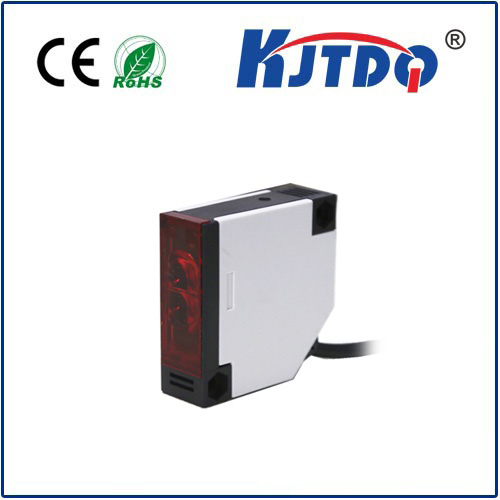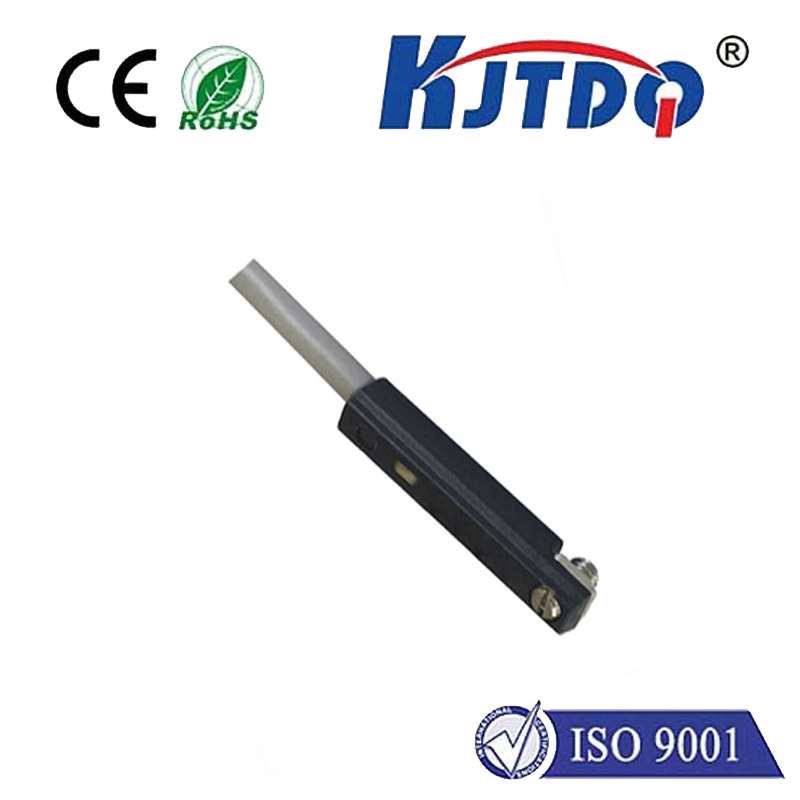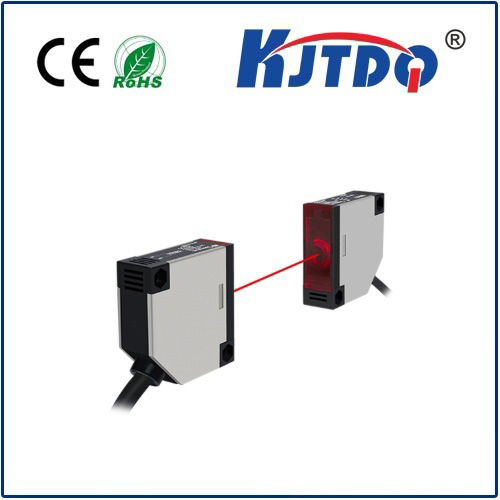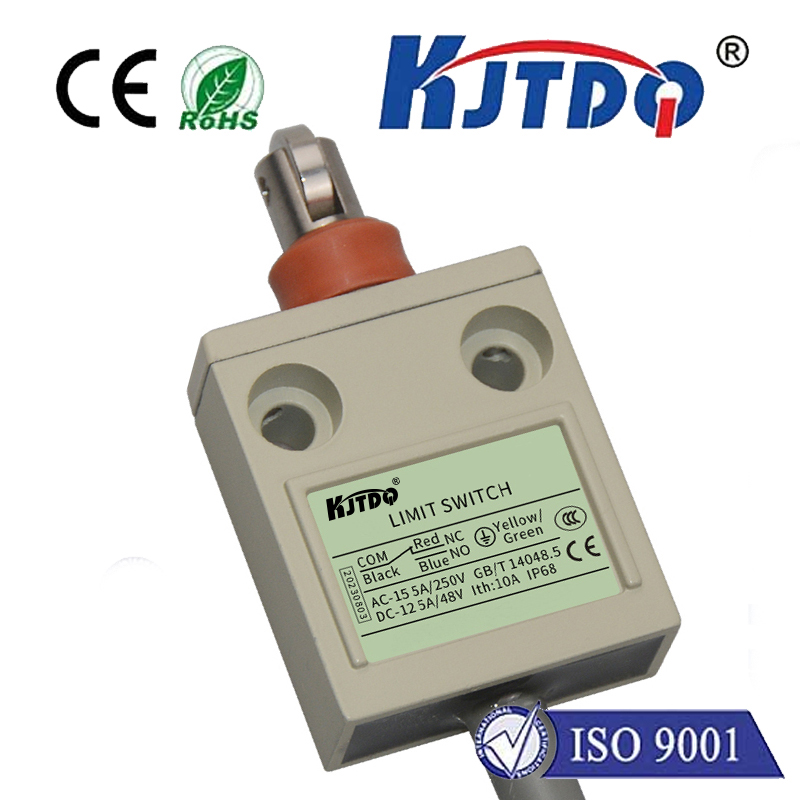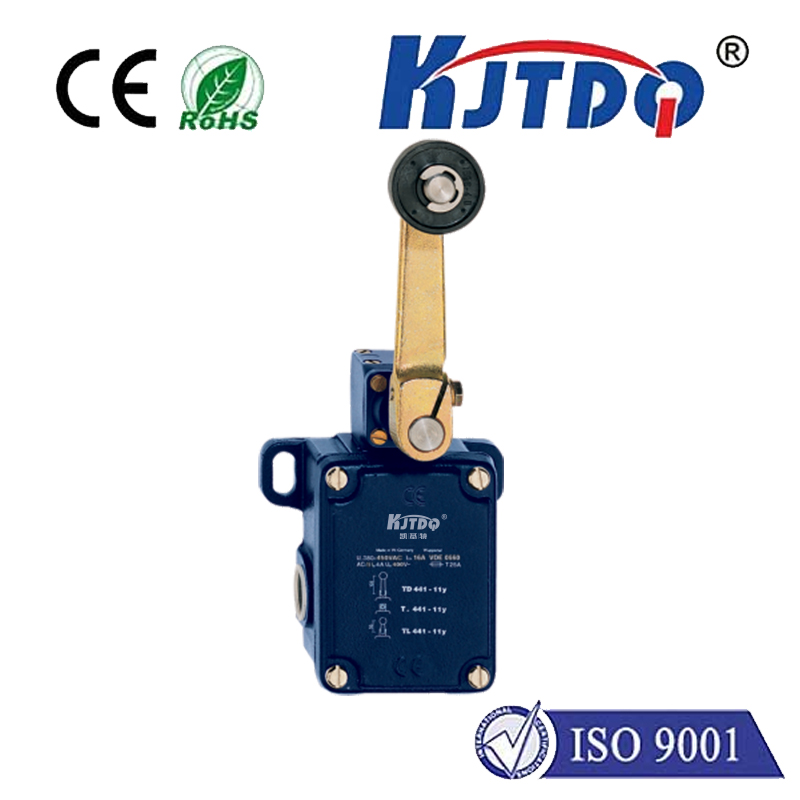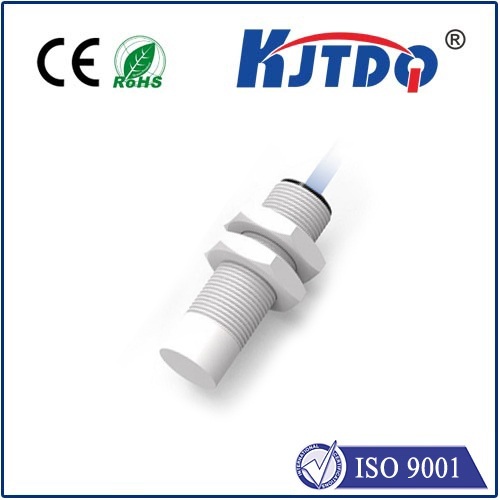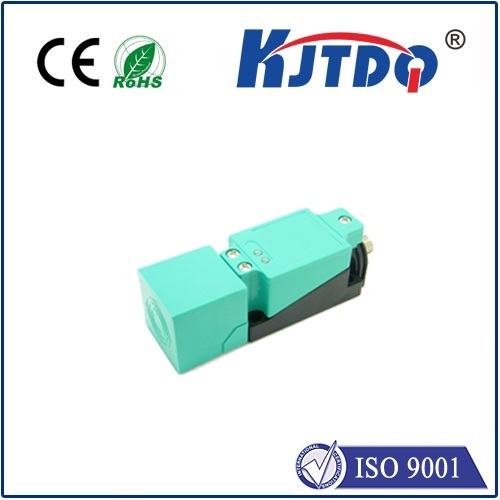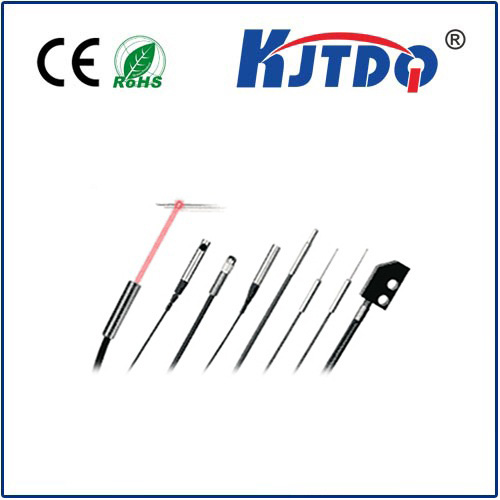optical gas sensor
- time:2025-08-13 14:51:52
- Click:0
Optical Gas Sensing: Illuminating the Future of Gas Detection
Imagine a refinery worker navigating complex piping, confident that the device on their belt will instantly warn of invisible methane leaks before they become catastrophic. Envision scientists precisely tracking minute concentrations of carbon dioxide in the atmosphere from remote stations. Picture a smart home system that silently ensures carbon monoxide never reaches dangerous levels. This is the world empowered by optical gas sensors, a rapidly evolving technology transforming how we detect and monitor gases with unprecedented speed, sensitivity, and reliability.
Unlike traditional electrochemical or catalytic bead sensors that rely on chemical reactions, optical gas sensors leverage the fundamental interaction between light and matter. At their core, they detect gases based on how specific gases absorb, scatter, reflect, or even fluoresce particular wavelengths of light. This principle unlocks significant advantages, making them indispensable in increasingly demanding applications.
How Does Optical Gas Sensing Work? The Light-Matter Interaction
The key lies in the unique molecular fingerprint of each gas. Molecules vibrate and rotate at characteristic frequencies, absorbing light energy only at very specific wavelengths in the electromagnetic spectrum, particularly the infrared (IR) and ultraviolet (UV) regions. Optical sensors exploit this:

- Light Source: Emits light, typically a narrowband source like a laser diode or Light Emitting Diode (LED), or sometimes a broadband source like an incandescent lamp filtered to the desired range.
- Interaction Region: The emitted light passes through a sample chamber containing the target gas mixture.
- Detection: A photodetector measures the intensity of light after it has passed through the gas sample.
- Analysis: The sensor’s electronics compare the transmitted light intensity (or other optical properties like wavelength shift or phase) to a reference (often the original light intensity or light passing through a “clean” reference cell). The degree of light absorption or the specific change detected correlates directly to the concentration of the target gas.
Core Methodologies in Optical Gas Sensing
Several powerful techniques form the backbone of this technology:
- Non-Dispersive Infrared (NDIR): The workhorse of the field. An infrared light source passes through the sample gas to a detector tuned to absorb the specific IR wavelength of the target gas (e.g., CO2 around 4.26 µm). Simple, robust, widely used for CO2, hydrocarbons (like methane), refrigerants, and many industrial gases.
- Laser Absorption Spectroscopy: Utilizes highly monochromatic and tunable laser sources (like Tunable Diode Lasers - TDLAS). The laser wavelength is precisely scanned across a specific absorption line of the target gas molecule. This offers exceptional sensitivity, selectivity, and speed, ideal for trace gas detection or harsh environments (e.g., process control, emissions monitoring, atmospheric research). Wavelength Modulation Spectroscopy (WMS) is a common enhancement technique for boosting sensitivity.
- Photoacoustic Spectroscopy (PAS): Instead of measuring light transmission, PAS measures the sound generated when gas molecules absorb modulated light. The absorbed light energy heats the gas, causing rapid expansion and contraction – creating an acoustic wave detected by a sensitive microphone. This miniaturization-friendly technique is highly sensitive, especially for compact sensors.
- Optical Fluorescence: Certain gases absorb light at one wavelength and re-emit (fluoresce) at a longer wavelength. Sensors detect this emitted light. Common for oxygen detection in medical and biochemical applications.
- Surface Plasmon Resonance (SPR) & Fiber Optic Sensors: Detect changes in the refractive index near a sensor surface (e.g., a specialized coated optical fiber) caused by the adsorption of target gas molecules. Highly sensitive for specific analytes and adaptable to complex geometries.
Why Choose Optical? Key Advantages Driving Adoption
Optical gas sensors offer compelling benefits over traditional methods:
- High Selectivity: Unparalleled ability to distinguish specific gases due to their unique optical absorption/emission fingerprints, minimizing false alarms from interferents.
- Exceptional Sensitivity: Capable of detecting gases down to parts-per-billion (ppb) or even parts-per-trillion (ppt) levels with advanced techniques like TDLAS.
- Fast Response Times: The optical interaction is nearly instantaneous, enabling real-time monitoring critical for safety and process control.
- Longevity & Reduced Maintenance: Many optical designs have no consumables and are not poisoned or degraded by the gases they detect (unlike electrochemical sensors), leading to significantly longer operational lifespans and lower total cost of ownership.
- Intrinsically Safe: The sensing mechanism often involves minimal electrical power within the sample chamber, making many designs inherently intrinsically safe for explosive atmospheres.
- Remote Sensing Capability: Fiber optic configurations enable detection at significant distances from the analyzer unit, ideal for hazardous or inaccessible locations.
Diverse Applications: Where Optical Gas Sensors Shine
The unique advantages of optical gas detection make them vital in numerous fields:
- Industrial Safety: Real-time monitoring of toxic gases (H2S, CO, NH3, Cl2 etc.) and combustible gases (methane, propane) in refineries, chemical plants, and confined spaces using compact portable gas detectors and fixed gas detection systems.
- Environmental Monitoring: Measuring greenhouse gases (CO2, CH4, N2O) from ground stations, aircraft, or satellites; tracking urban air pollutants (NOx, SO2, O3); and landfill methane emissions monitoring.
- Process Control & Optimization: Ensuring precise gas mixtures and concentrations in semiconductor manufacturing, food & beverage production (CO2 in brewing), combustion efficiency optimization (O2, CO), and chemical synthesis.
- Indoor Air Quality (IAQ) & Smart Buildings: Monitoring CO2 levels for ventilation control and occupant comfort; detecting volatile organic compounds (VOCs) or carbon monoxide in homes and offices.
- Medical & Life Sciences: Breath analysis for disease diagnosis (e.g., detecting specific VOCs linked to conditions); monitoring anesthetic gases; and controlling oxygen levels in incubators.
- Leak Detection: Pinpointing fugitive emissions in pipelines, storage facilities, and industrial sites using optical gas imaging (OGI) cameras (which visualize IR absorption) or highly sensitive point/TDLAS sensors.
- Automotive & Aerospace: Engine emissions testing; cabin air quality control; fuel system leak detection.
The Future is Bright: Emerging Trends
Optical gas sensor technology is not standing still. Key trends include:
- Miniaturization & MEMS: Integrating optical components onto microelectromechanical systems (MEMS) chips is driving down size, cost, and power consumption for wider adoption in consumer electronics and wearables.
- Multigas Detection: Developing single sensors or arrays capable of simultaneously detecting multiple gases with high specificity.
- Enhanced Selectivity & Sensitivity: Ongoing advancements in laser sources, detector materials, and signal processing algorithms push performance boundaries further.
- Integration with IoT & AI: Optical sensors are increasingly becoming nodes in the Industrial Internet of Things (IIoT), feeding data streams into AI-powered platforms for predictive maintenance, advanced analytics, and automated control.
- Cost Reduction: As manufacturing scales and components mature, costs are decreasing, broadening accessibility beyond traditional high-end applications.













